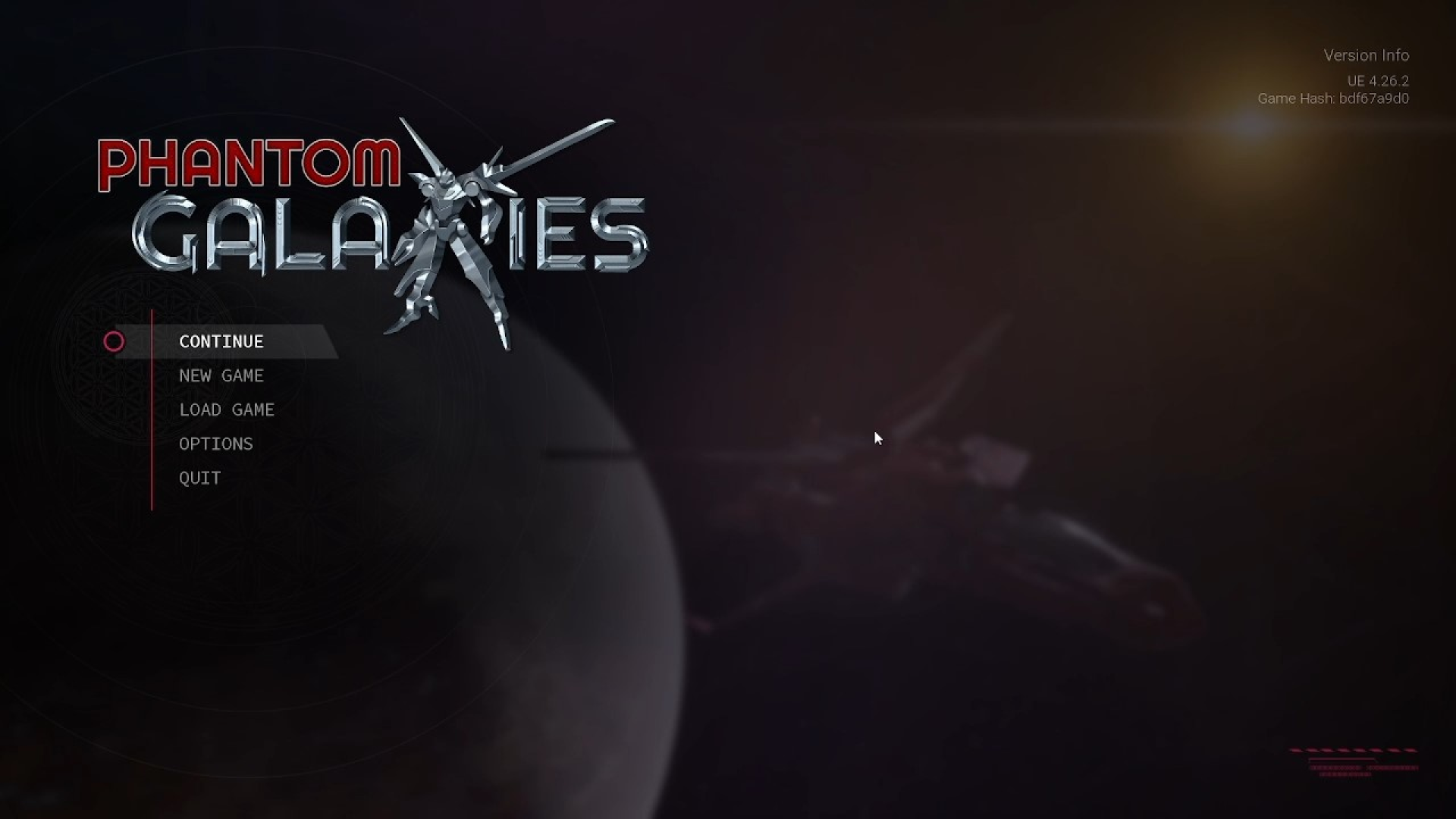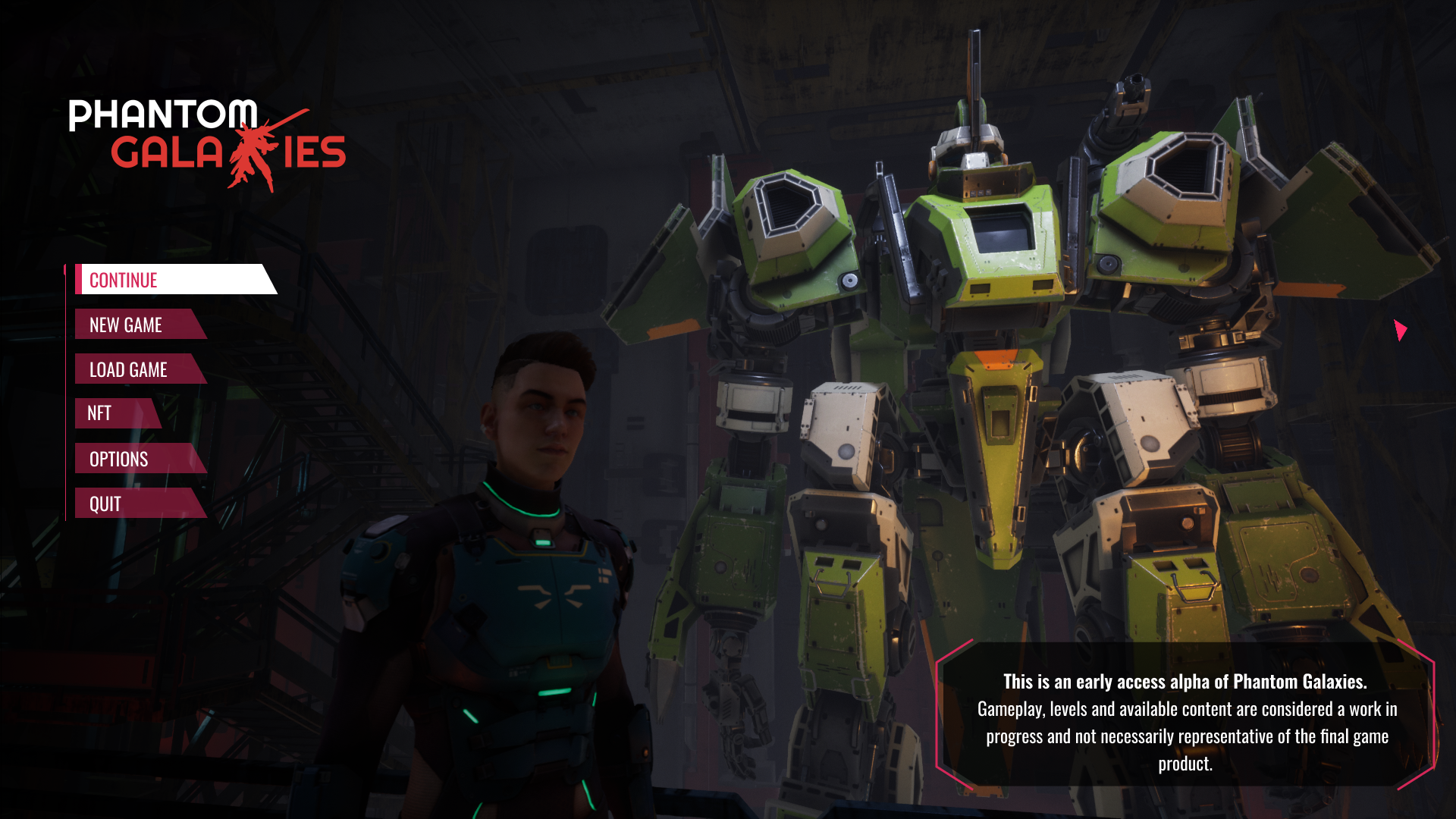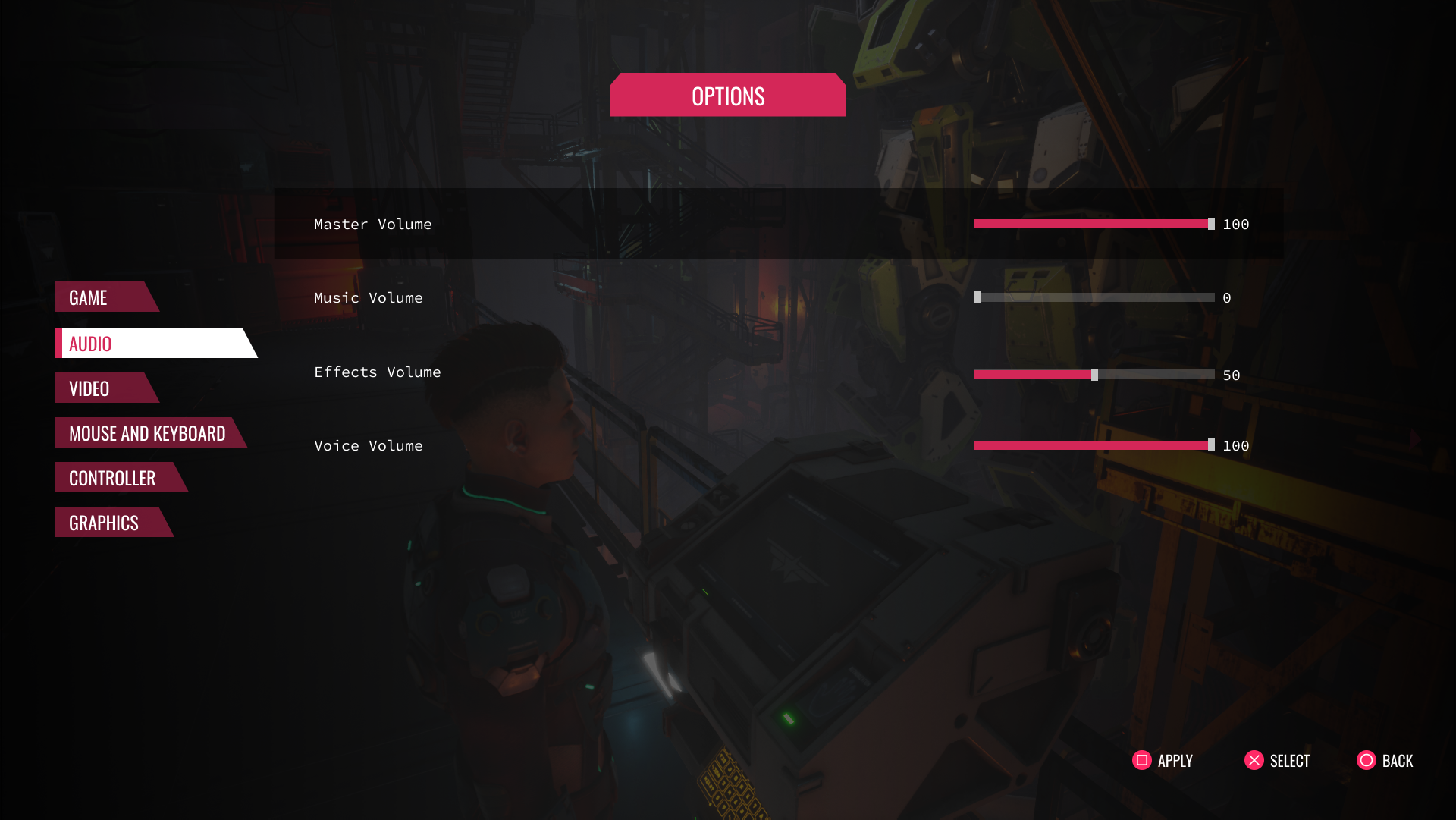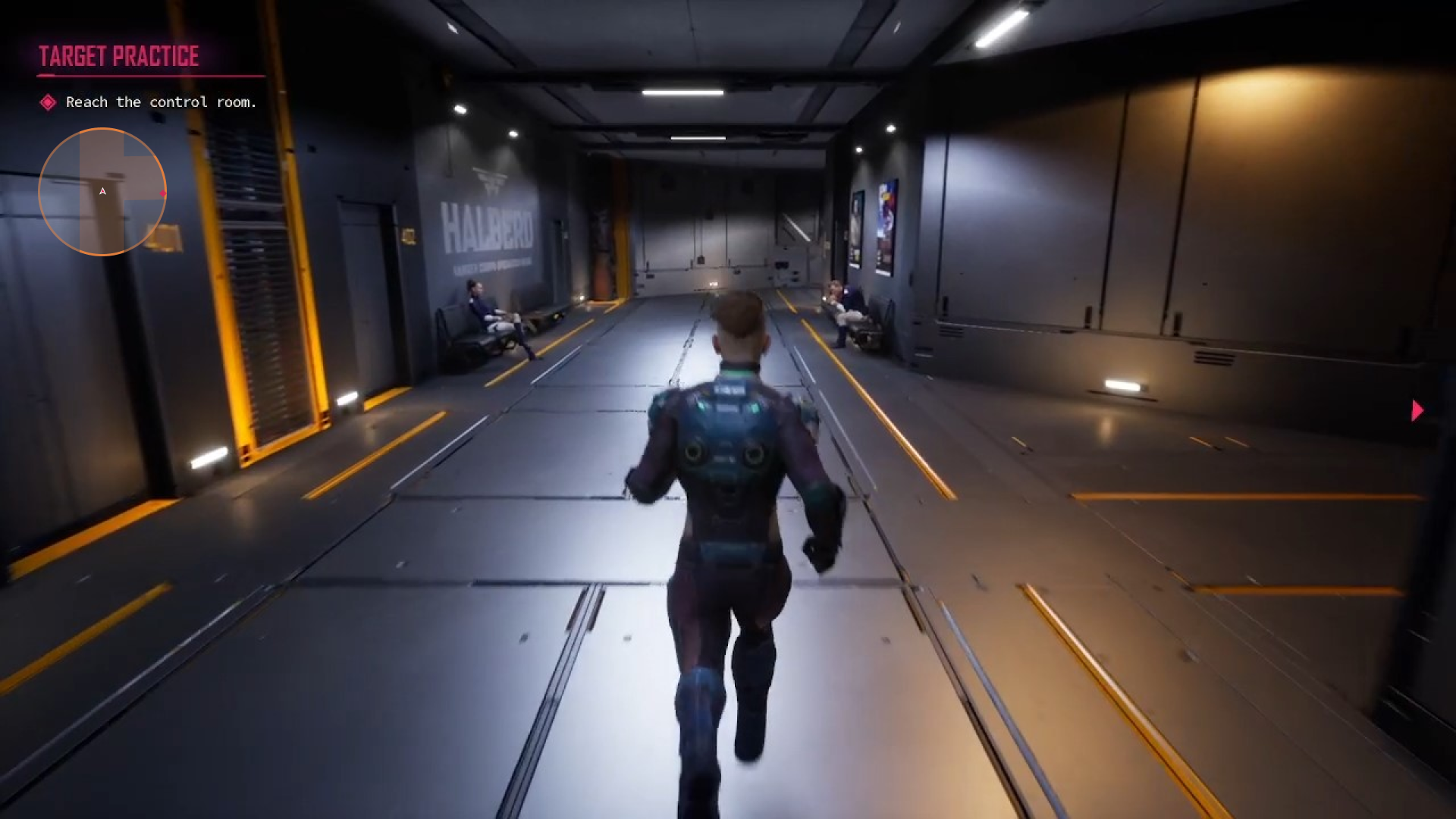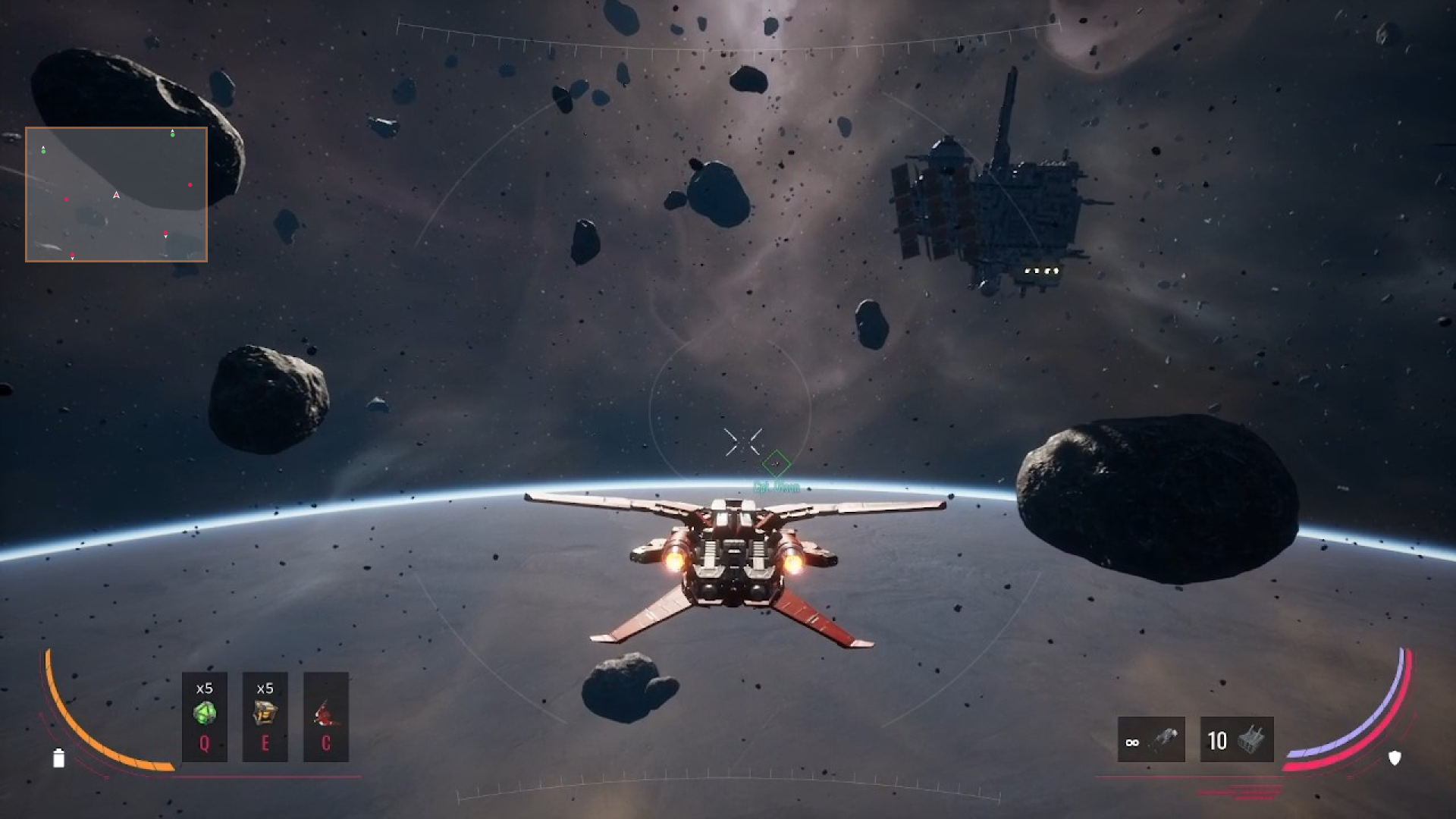Phantom Galaxies
UI update
During my time at Blowfish Studios, I was entrusted with a crucial assignment to revamp the user interface of their upcoming Blockchain game, Phantom Galaxies. This game amalgamates open-world space simulation with a thrilling mech shooter and an engaging storyline. Being a huge fan of mech-based animations like Transformers and Power Rangers, I was exhilarated to commence working on this project.
Main Menu
One of the key UI elements that I focused on was the Main Menu, which originally lacked visual interest. In my redesigned version, the player’s avatar and equipped mech are prominently displayed. As the player modifies their appearance, whether it be to themselves or their mech, the Main Menu reflects those changes when the game is launched. I chose to include these customization features in the Main Menu because other popular games like Borderlands, Warframe, and GTA showcase their characters in their menus.
In order to maintain consistency between the Main Menu and Options Menu, I opted to update the original “tab design” to a more modern “menu style” design, as exemplified in the attached image. The slanted button design was also utilized for toggle options when changing certain settings, thereby maintaining a cohesive and streamlined visual aesthetic throughout the user interface.
Mech Selection Menu
One of the most significant changes I made was to the Mech selection process. As the player’s initial experience of the game, it was crucial to create an immersive and visually appealing interface. The original design merely displayed the Mech’s name and an image on a console. In my updated design, I transformed the selection process into a more interactive experience by showcasing the Mech in a hangar, complete with stats, descriptions, current items, and starfighter mode. This gave players a 360-degree view of the Mech, allowing them to make an informed decision based on both the Mech’s aesthetic and statistical features.
Mini-Map
Prior to the update, there was no mini-map available to guide players in the game, which is a critical feature in many adventure games. Therefore, I added a mini-map to the game, which would help the players navigate the game world and keep track of the enemy locations. Creating an indoor mini-map was a straightforward task, as it did not require the players to engage in combat, and they would only be exploring the environment.
However, designing a mini-map for space was challenging since the players could encounter enemies in various locations, including above or below them, on a larger scale. While the mini-map is not yet available for space environments, I have successfully implemented one for indoor settings (version 1). There were numerous other updates and ideas that I contributed to the project, but these are the ones that I am particularly proud of.

